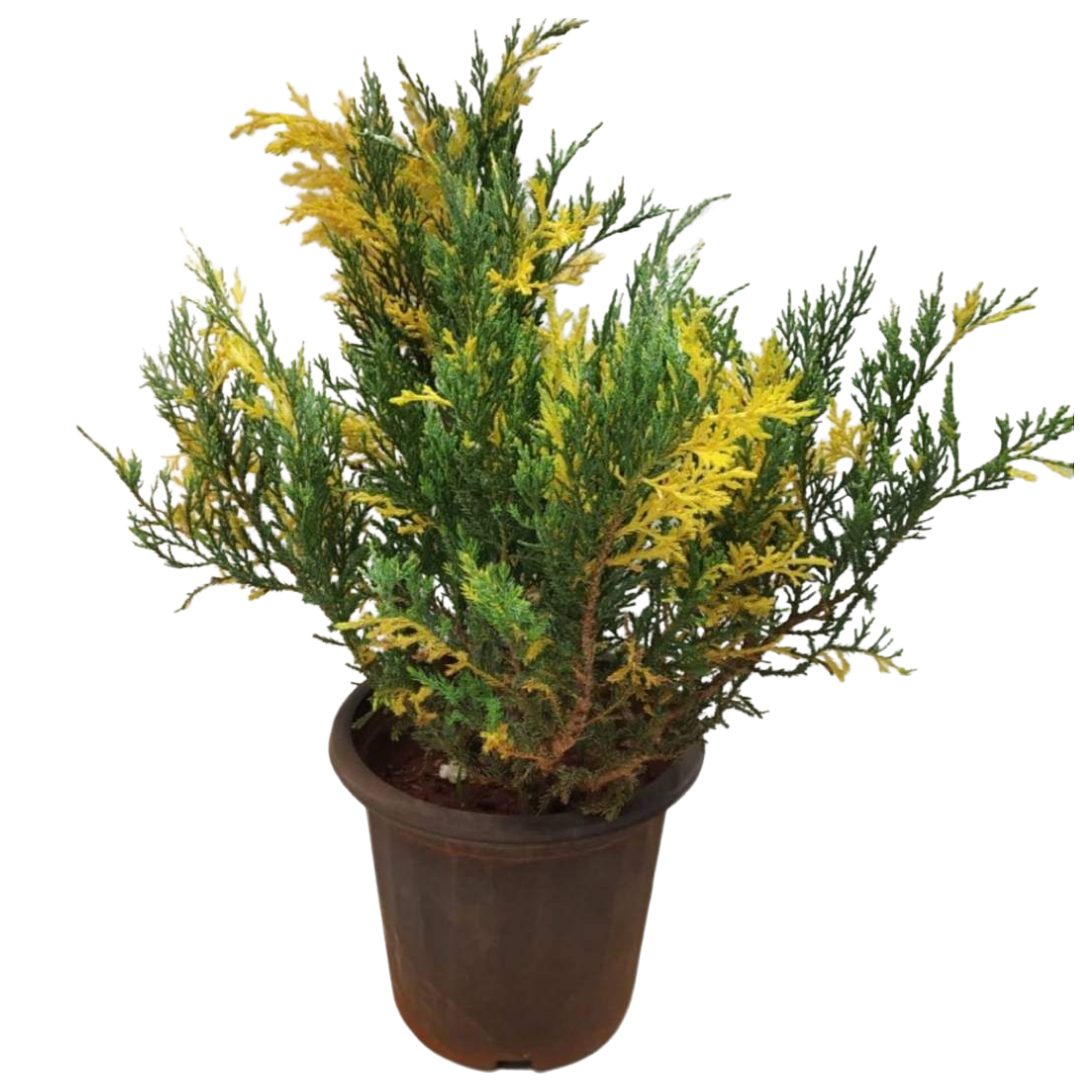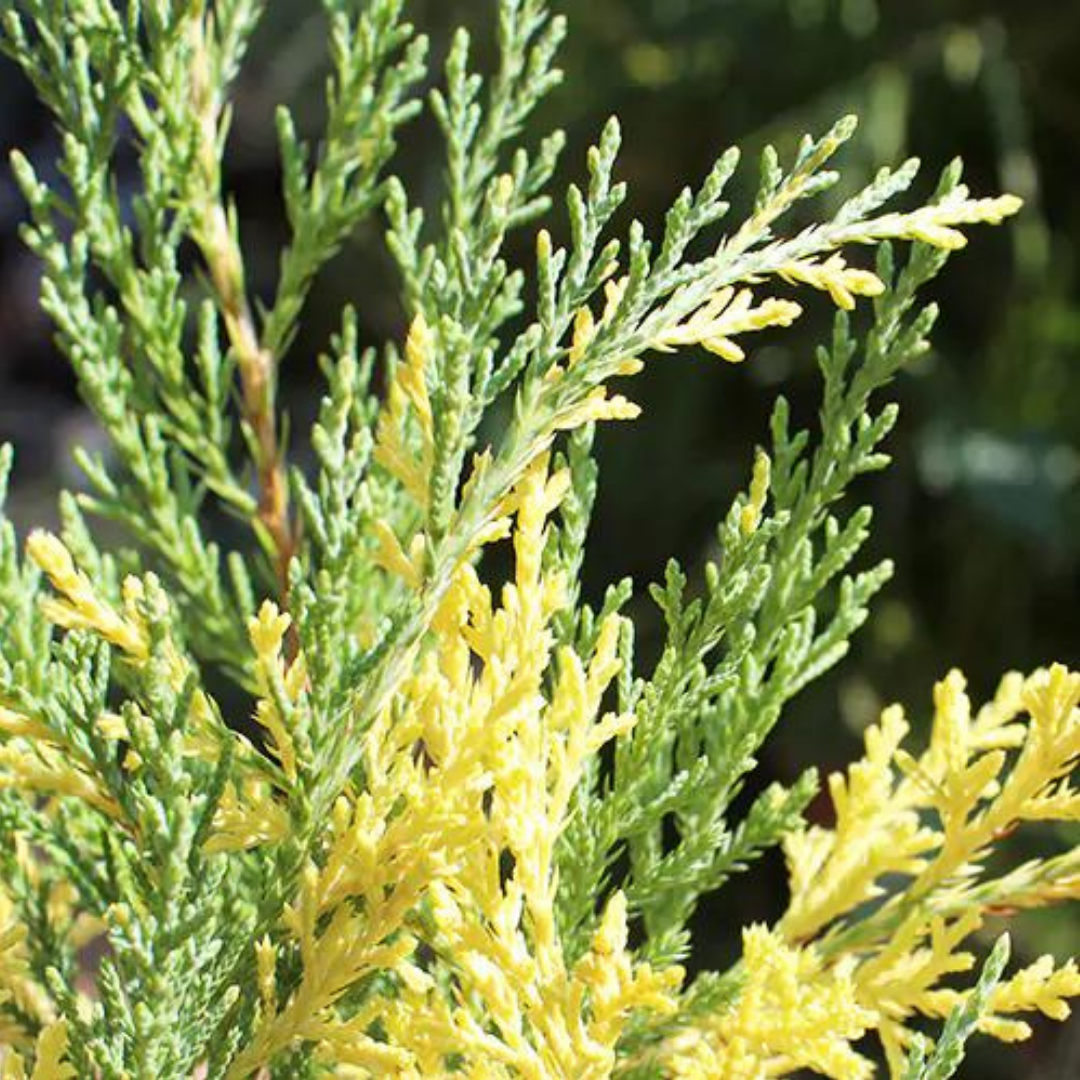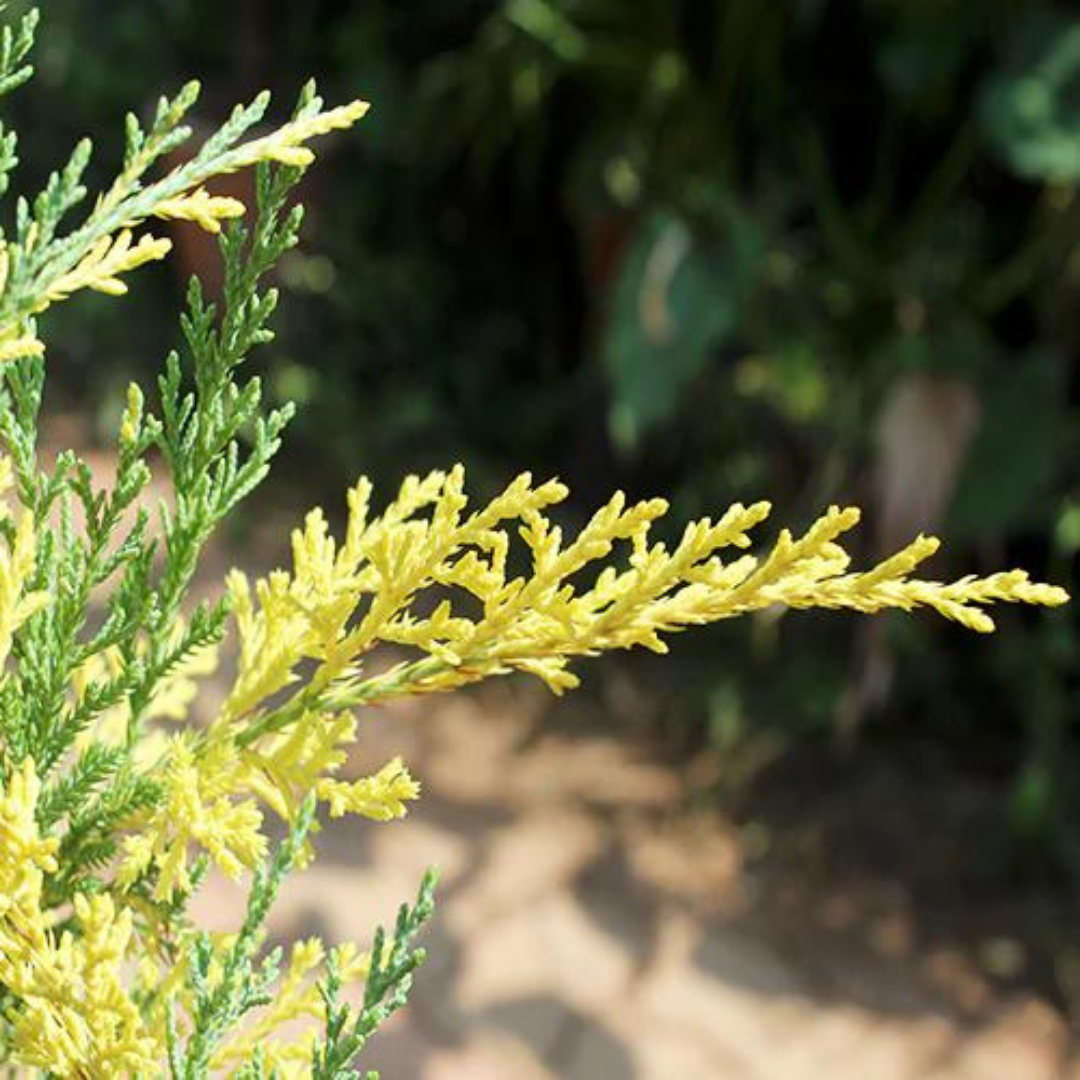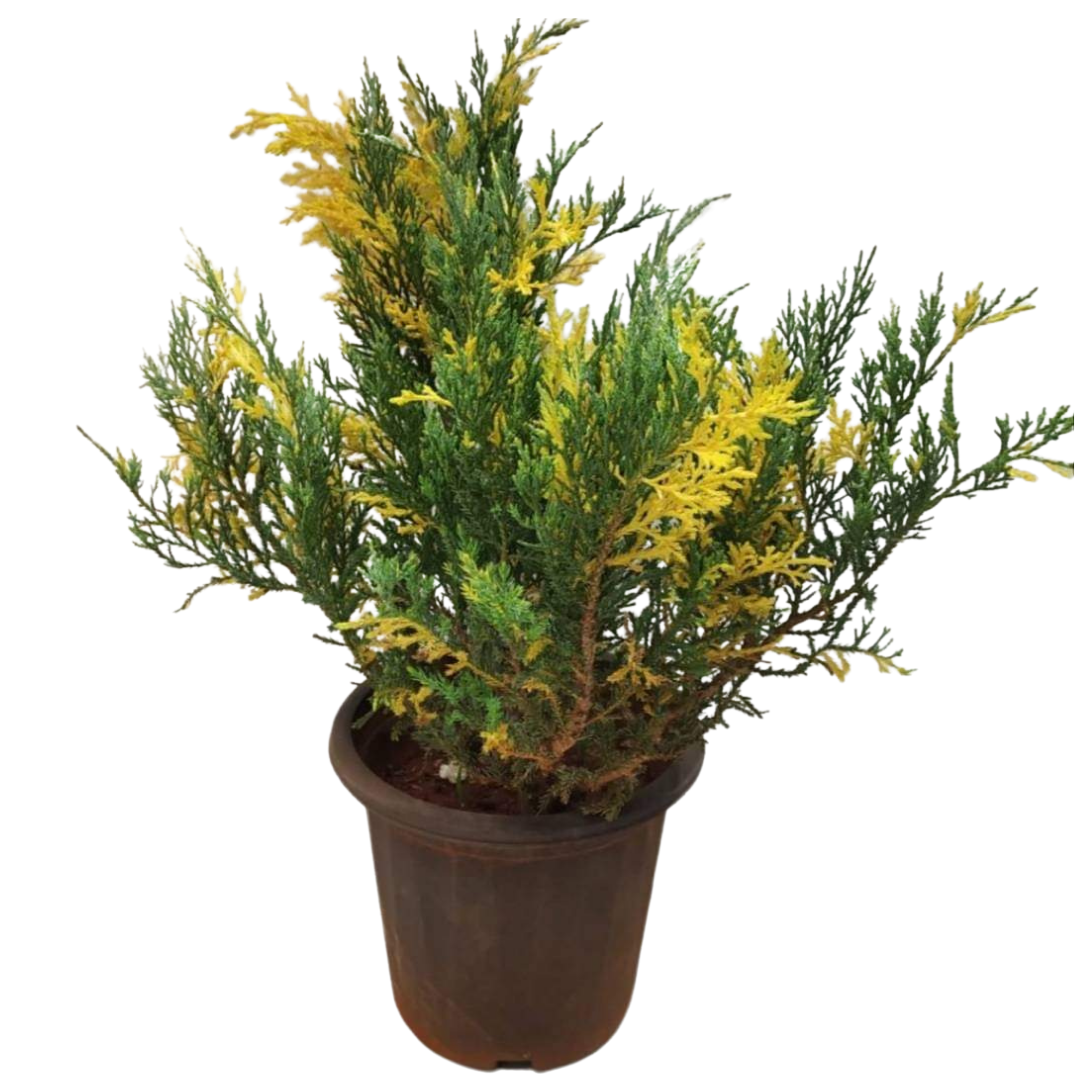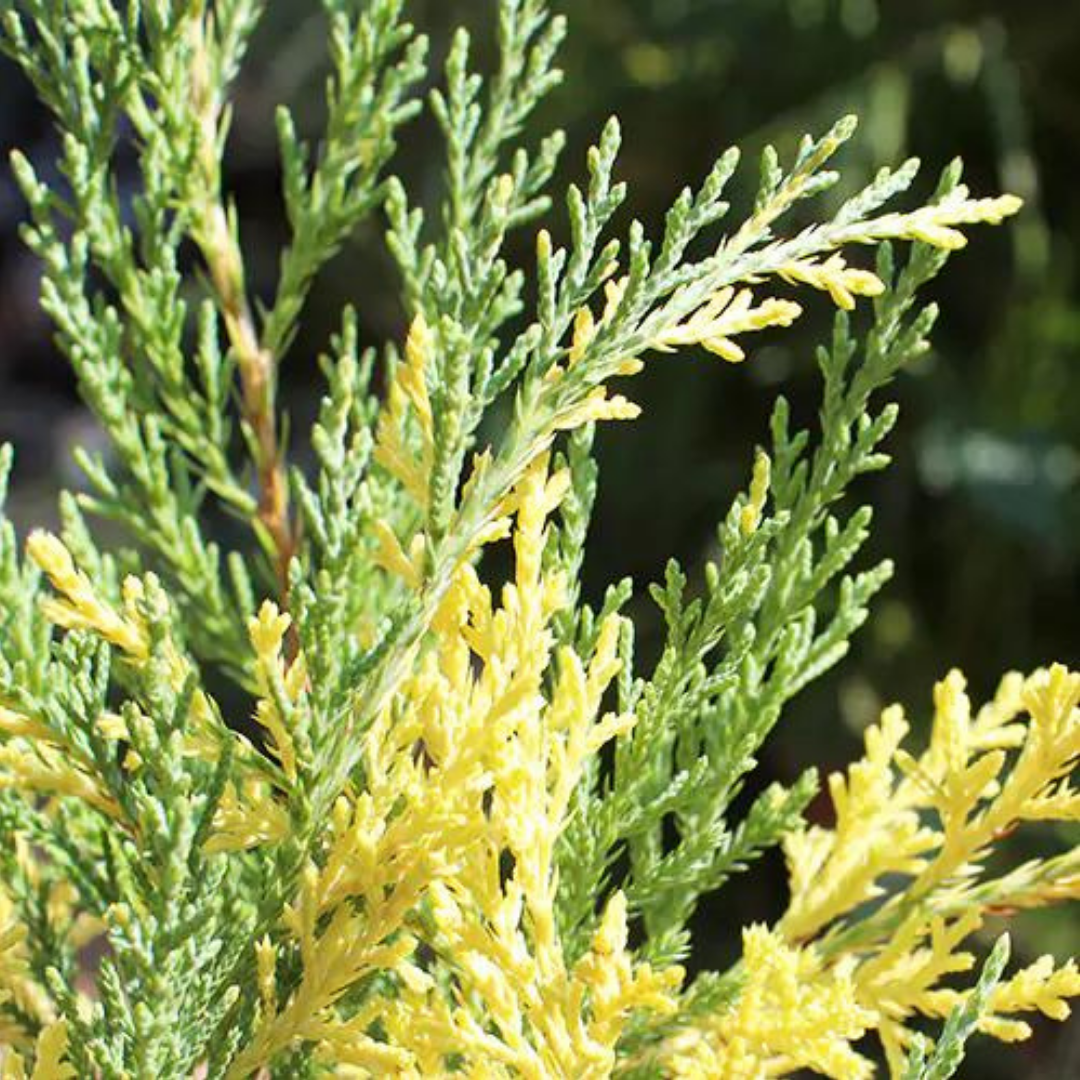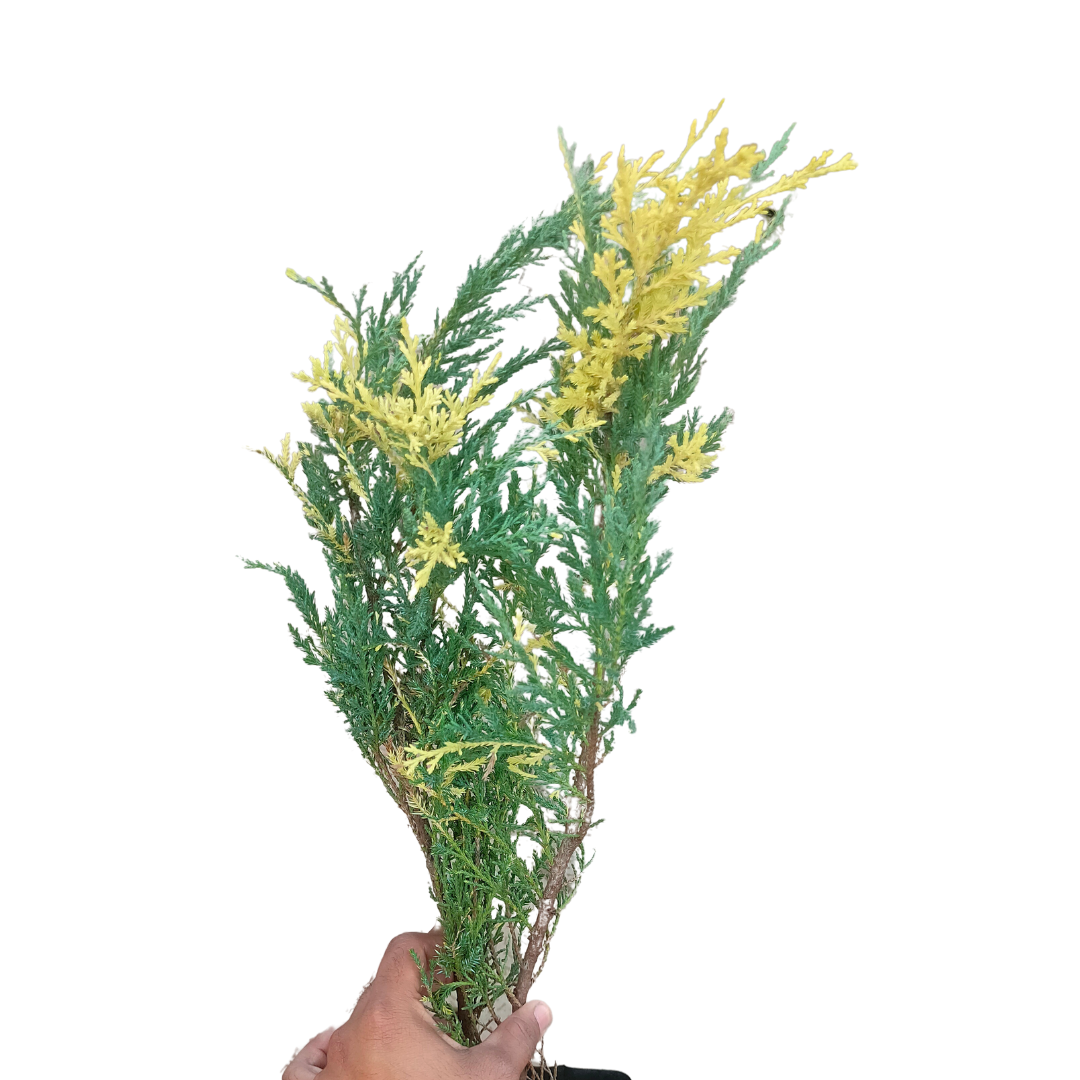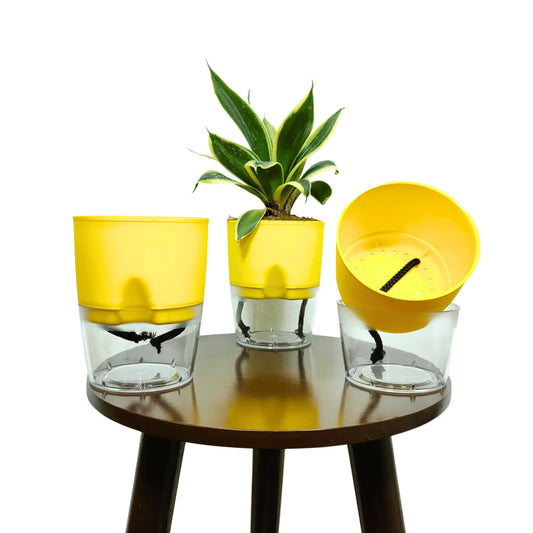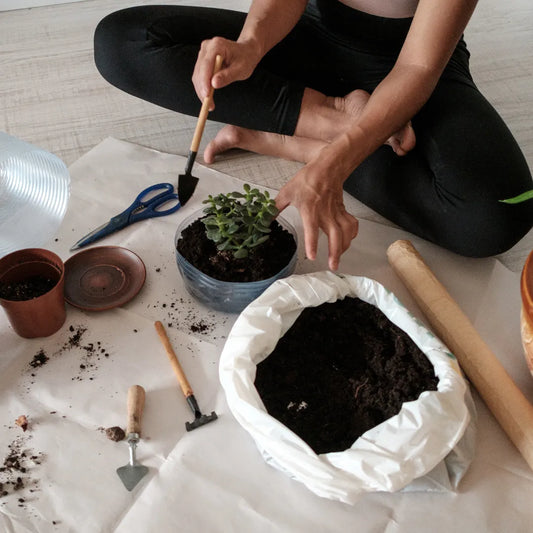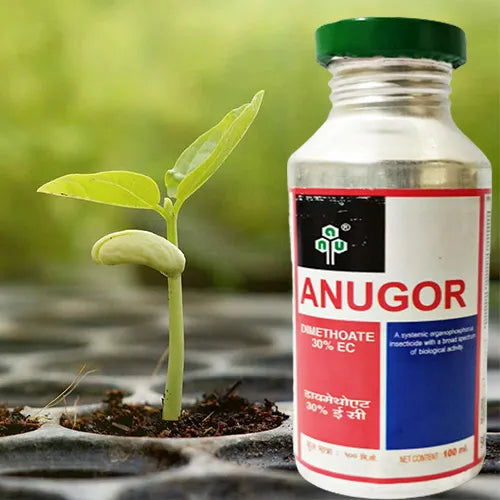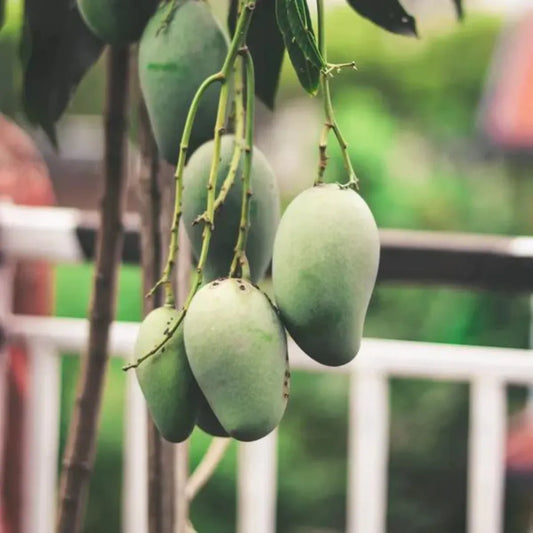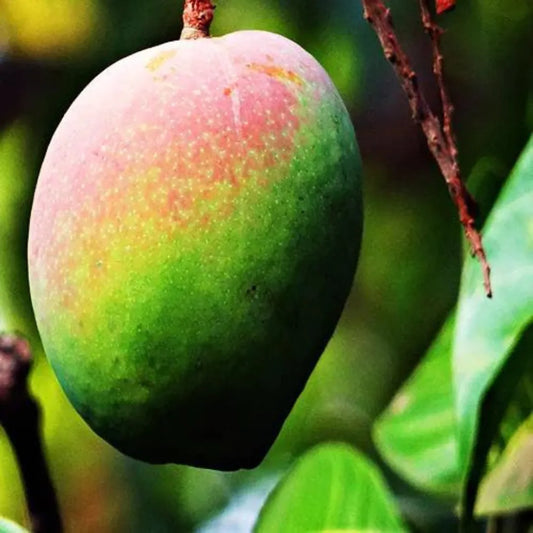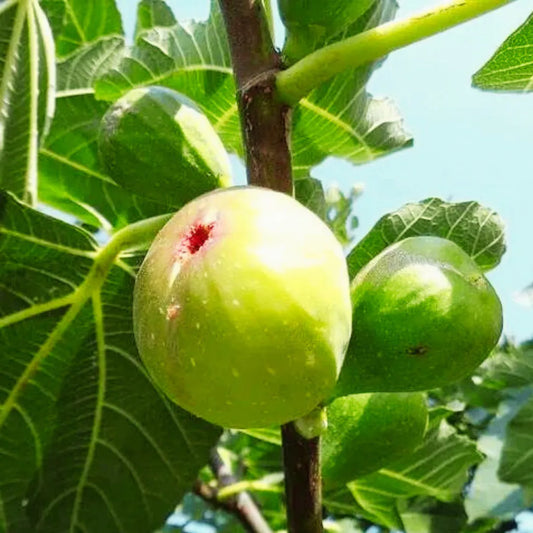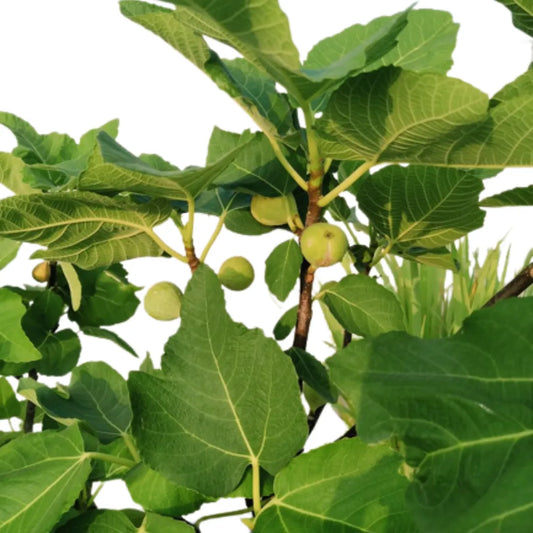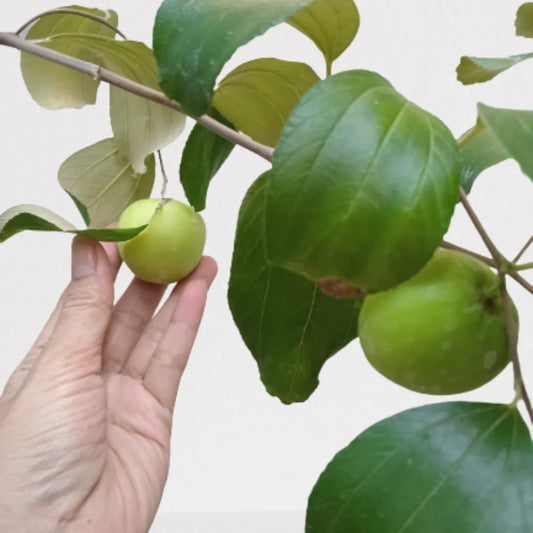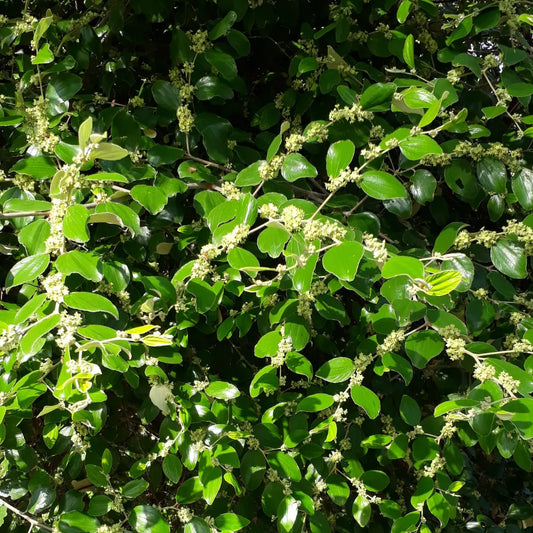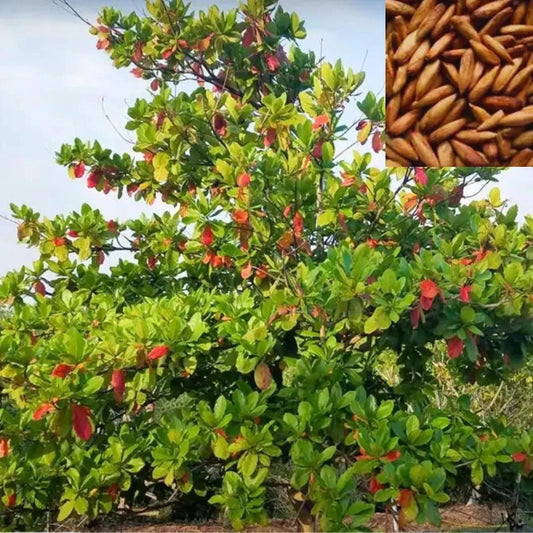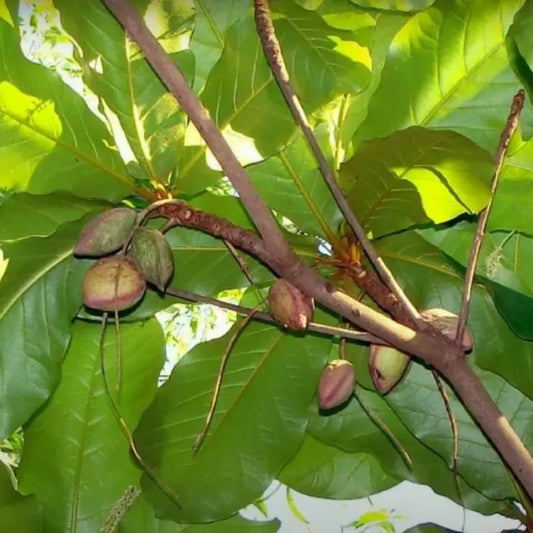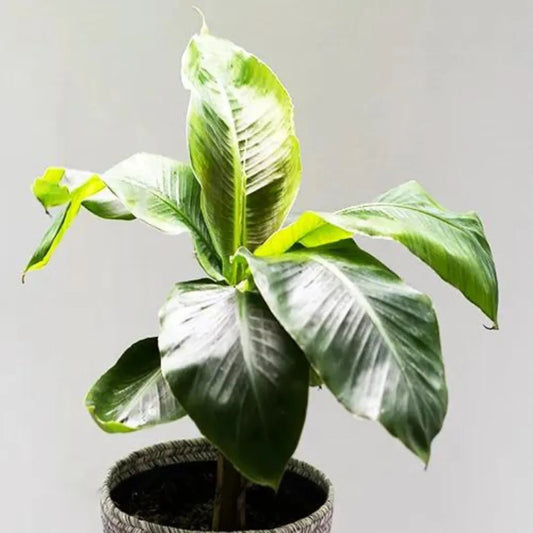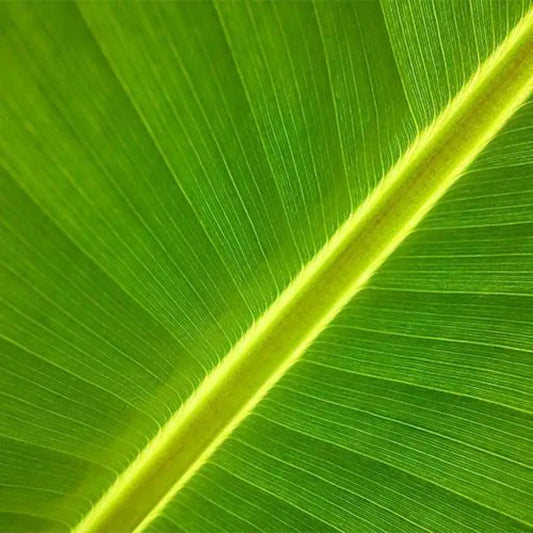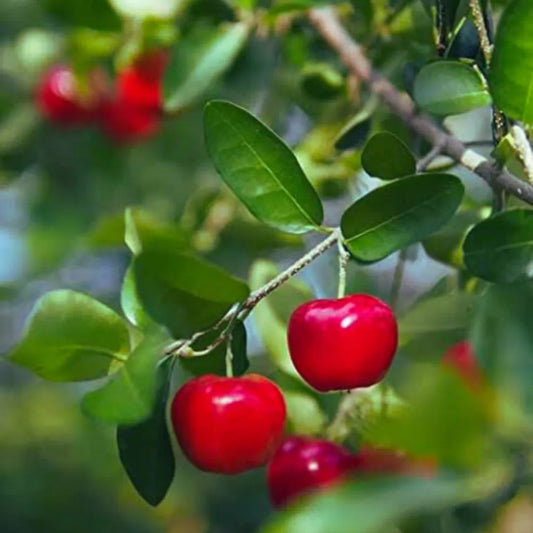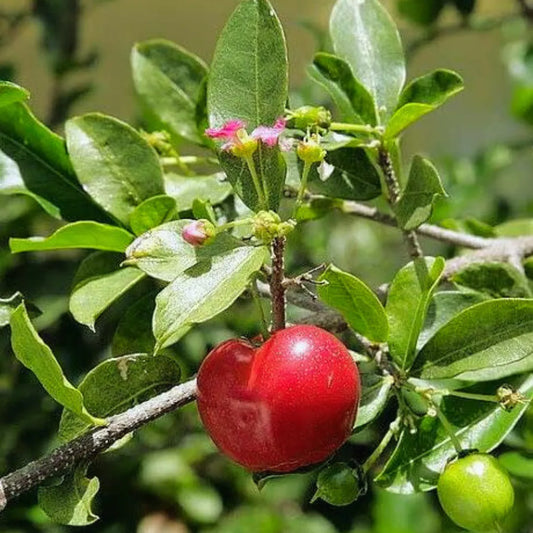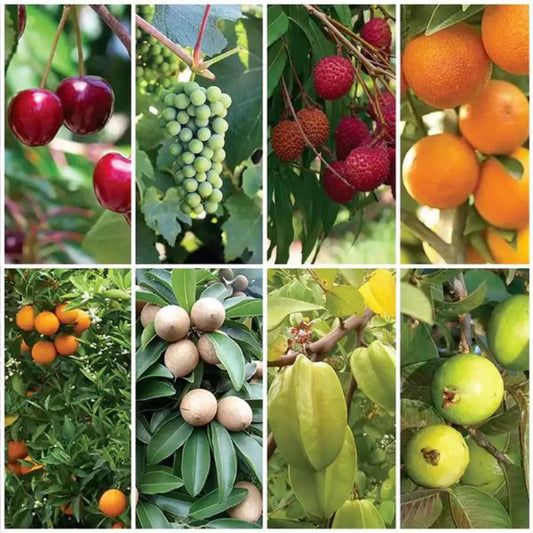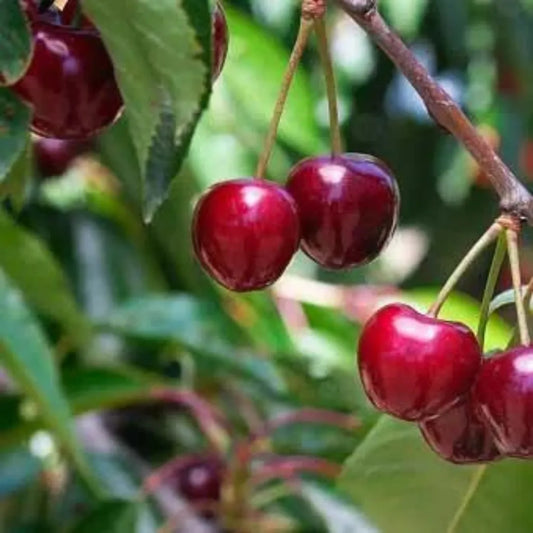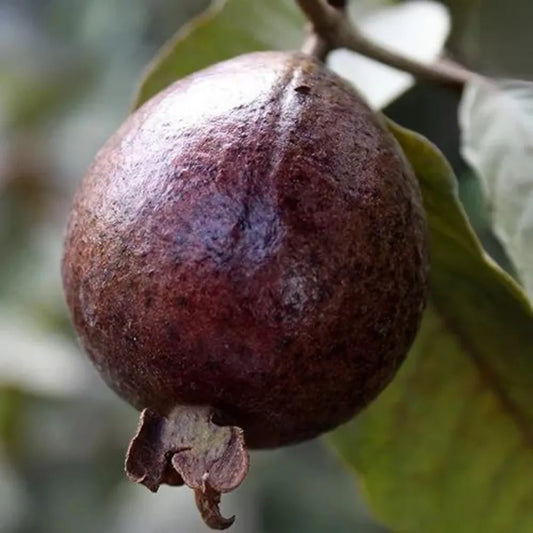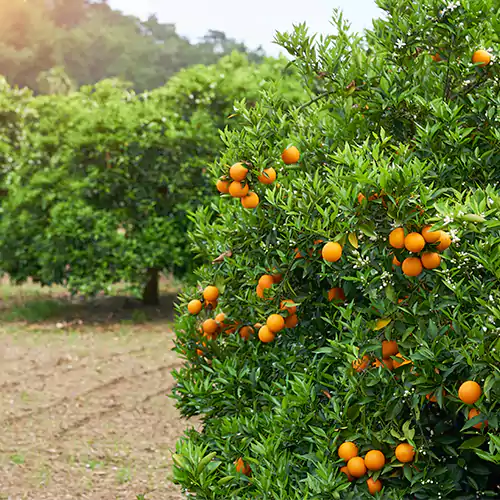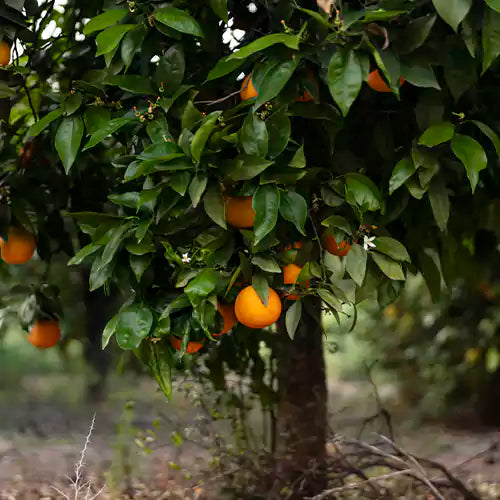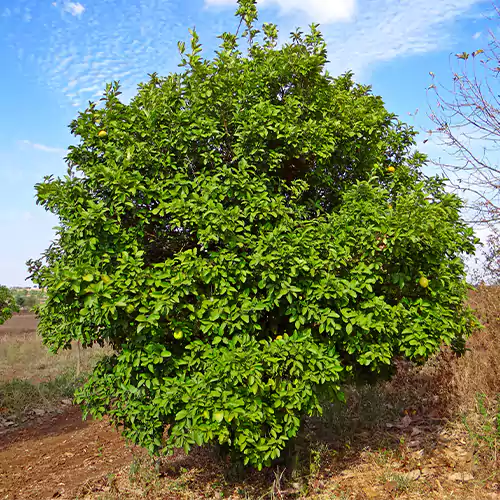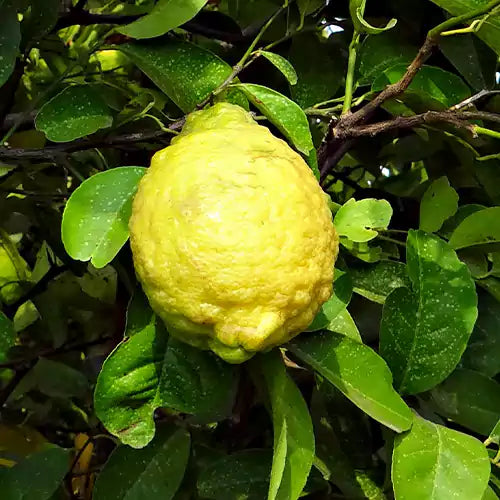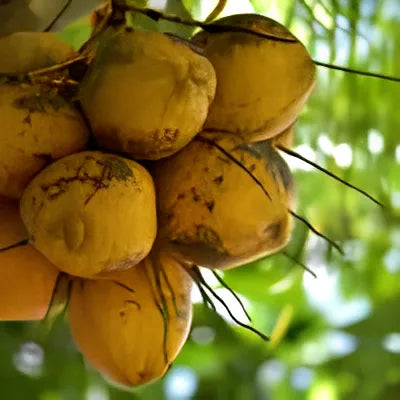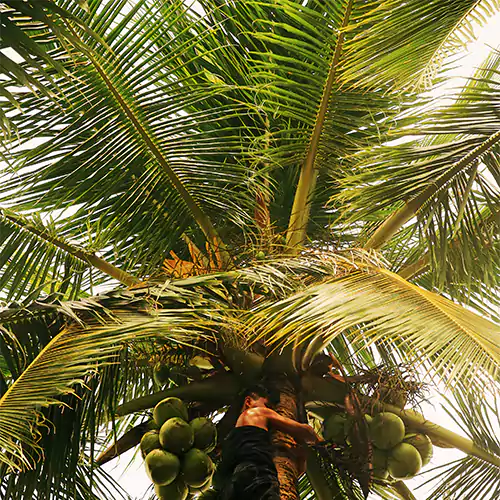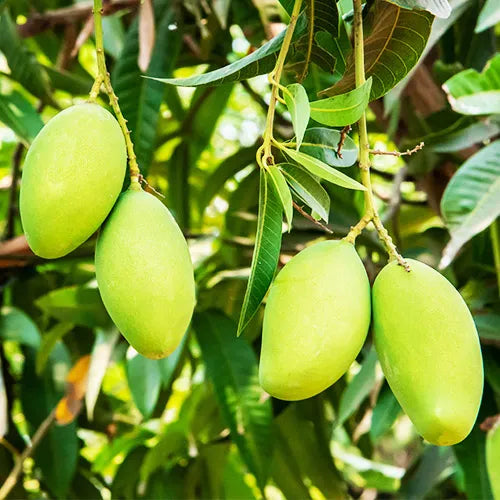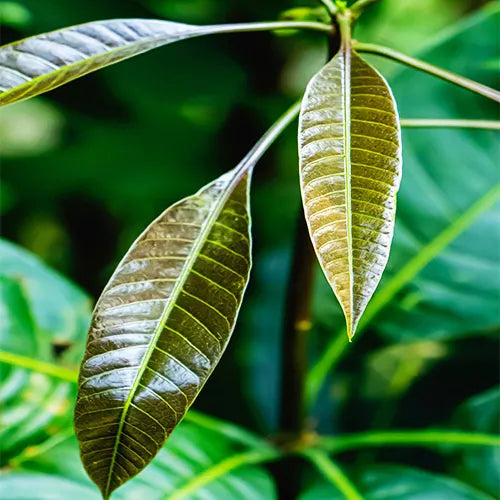London Pine Variegated
London pine variegated is a plant that is found in every small garden in India. The overall shape is conical, with the crown becoming more irregular and spreading with age. The bark is rusty-brown and fibrous. The numerous slender ascending branches support shoots that spread out in flat, vertical planes. The leaves are like little scales overlapping and tightly packed on the shoots.
The cones are 15-25 mm long, green/yellow ripening brown in about 8 months from pollination, and have 6-12 thick scales arranged in opposite pairs. Morpankhi is native to China and Korea but cultivated as an ornamental plant the world over.
Generally, variegation refers to variety or variation of color. One great example of a common plant seen in gardens and as houseplants almost anywhere is Coleus. Who doesn’t love the brightly multi-colored leaves of the Coleus plant?
Many London pine has large leaves that appear to have been brushed with two or three colors of watercolor paints. Happily, some of the coolest conifers also have variegated foliage. Sometimes conifers will push their new spring growth of one color, like light green or yellow, and then mature to their “normal” color of green.
Others will push their new growth a bright golden yellow and as the older foliage becomes shaded by the new, it can darken to green giving the overall plant a variegated appearance. Still, others will have green or bluish needles on one side and appear variegated appearance on the underside due to a waxy coating,
Grow & Care
Light – Full sun is ideal for the pine, but it will tolerate partial shade. It requires a minimum of four hours of direct sunlight every day, but six hours or more is better.
Soil – Although it can adapt to most growing conditions, the tree does best in rich, deep, well-draining soil. It grows in loamy, sandy, and clay soil types. And it can handle acidic and alkaline pH levels, as well as some soil compaction.
Water – The tree has medium to high water requirements, depending on how much heat and sun it gets. It prefers consistently moist soil, but it does have some drought tolerance as well. Mulch around its base can help to retain soil moisture, but if there is an extended period with no rain the tree likely will need a good soaking with a hose.
Temperature and Humidity – Plant grow rampantly in moderate climate regions around the world. The tree can be amenable to a particularly hot summer, as long as its soil remains moist. And it can withstand a harsh winter, though it might sustain some cold injuries.
Fertilizer – Because Plants are often planted in areas with poor soil or limited space, they might end up lacking nutrients. If that is the case, feed the tree in the early spring and fall with a tree fertilizer, following label instructions. Test soil samples to know for sure.
Pruning – Left unpruned, the plant will grow very large. To keep this unique shape, annual pruning is necessary.
